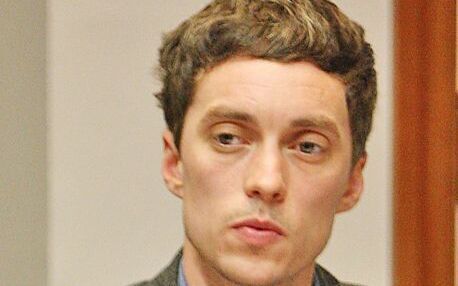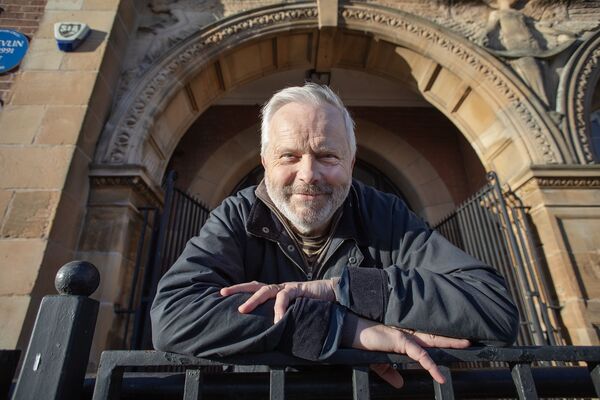BY July 1972 the Lenadoon estate on the outskirts of West Belfast was in a state of turmoil.
On July 9 the IRA’s ceasefire with the British Army had broken down when Catholic families who had been put out of other parts of the city were prevented by the British Army from accessing empty properties at the lower end of the estate which had until recently housed Protestant families. When the British Army tried to break up the crowds with rubber bullets, the IRA opened up from the flats at the top of Lenadoon Avenue.
It was the culmination of weeks of growing tension in the estate.
WATCH: In protest at the presence of the British Army residents leave their homes in Belfast RTÉ News reports #OnThisDay in 1972 https://t.co/KIXbONiRk8 pic.twitter.com/5NlrKzzKAZ
— RTÉ Archives (@RTEArchives) July 16, 2022
The month before a series of shootings had taken place that shocked the local community.
The British Army’s murderous Military Reaction Force (MRF) shot dead 24-year-old Jean Smyth-Campbell as she sat in a car near the Glen Road turning circle. The same shadowy British Army unit two weeks later returned to the same scene and shot and seriously injured three taxi drivers as they stood chatting, hitting all three as well as a fourth man sleeping in a nearby house.
In the days following the ending of the ceasefire, the remaining Protestant families moved out of their homes at the bottom of the sprawling estate near the Stewartstown Road end; and the British Army were ordered in in numbers – over 700 – taking over homes as well as Blessed Oliver Plunkett Primary School, to the anger of the local residents.
Gun battles became an hourly occurrence for the beleaguered residents of Lenadoon 50 years ago this month; most of whom were young families who had themselves only moved into the estate in the preceding years after having fled other parts of the city.
Then on the morning of July 15 the British Army shot Lenadoon shopkeeper Frankie McKeown as he made his way to open his Carrigart Avenue shop which had become a lifeline to the local community. He would die from his injuries the next day.
The IRA gave that assurance to us personally that they would not use the area to shoot on the British Army and as far as I’m aware they have complied with those assurances.”
In this unique series of news reports from the RTÉ news archive those days of July 1972 are told by those who were there – locals and reporters – as the residents evacuated the estate in protest at the presence of the British Army who had taken over the school and local homes which were swiftly converted into fortified military posts – replete with barded wire and concrete sangars. Many of those installations on Lenadoon Avenue remained in use up to a decade later.
In one clip we watch as residents leave the estate at Shaws Road, one man telling the RTÉ reporter that Secretary of State Willie Whitelaw has made a “terrible mistake in the past seven days” in ordering the Army in. In another clip women and children have boarded a bus destined for the border after leaving the estate with one resident saying that they had been “terrorised every night” by the Army.
Lenadoon families will not return home until the British soldiers leave
— RTÉ Archives (@RTEArchives) July 20, 2022
WATCH: RTÉ News reports #OnThisDay in 1972 https://t.co/sNM8sUmOjT
In the final clip local priest Father James Fitzsimons tells the RTÉ reporter that he had negotiated with the IRA to end their activities in Lenadoon as part of a deal that could see residents return to their homes.
“The IRA gave that assurance to us personally that they would not use the area to shoot on the British Army and as far as I’m aware they have complied with those assurances,” he said.
The story of the evacuation of Lenadoon was also captured by this Thames TV documentary from the time.








